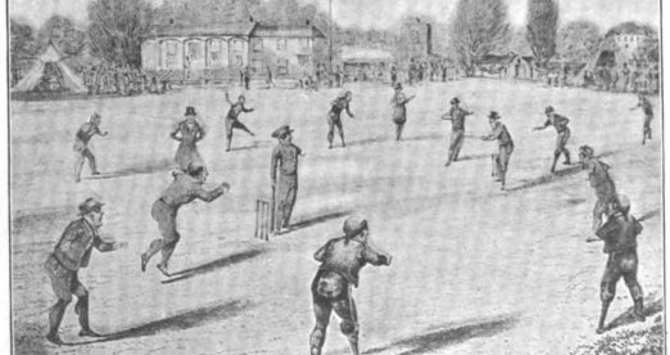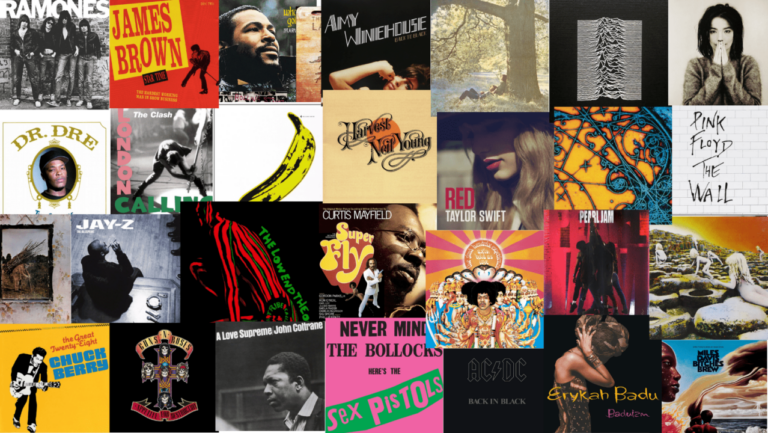One-armed versus one-legged cricket is a unique variation of the sport that emerged in the late 18th century in England. The origins of this alternative form of cricket can be traced back to the desire to provide opportunities for individuals with physical disabilities to participate in the game.
The rules of one-armed versus one-legged cricket are similar to traditional cricket, with a few adaptations to accommodate players with different abilities. The teams consist of individuals who have either lost an arm or a leg, showcasing their remarkable skills and determination on the cricket field.
painfully wonderful and ludicrously horrible
Charles Dickens
Dickens would go on to say about the match:
The one-legged men were pretty well with the bat, but they were rather beaten when it came to fielding. There was a horrible Holbeinish fun about the way they stumped, trotted, and jolted after the ball. A converging rank of crutches and wooden legs tore down upon the ball from all sides; while the one-armed men, wagging their hooks and stumps, rushed madly from wicket to wicket, fast for a “oner”, faster for “a twoer”.
While specific historical details about the development and early matches of one-armed versus one-legged cricket are limited, the sport gained recognition and popularity in the 19th century. It was celebrated for its inclusivity and the triumph of the human spirit over physical challenges.
The matches themselves featured remarkable performances, with one-armed players showcasing their ability to bat, catch, and throw using a single arm, and one-legged players demonstrating their agility and accuracy while bowling. These displays of skill and resilience captivated audiences and challenged societal perceptions about what individuals with physical disabilities could achieve.

One-armed versus one-legged cricket remains an important symbol of inclusivity and empowerment. It highlights the value of providing opportunities for everyone to participate in sports and challenges conventional notions of physical limitations. The sport continues to inspire individuals with disabilities to overcome barriers and pursue their passions.
The sport’s history reflects a celebration of inclusivity and the triumph of the human spirit over adversity, inspiring individuals to defy limitations and pursue their sporting dreams.





